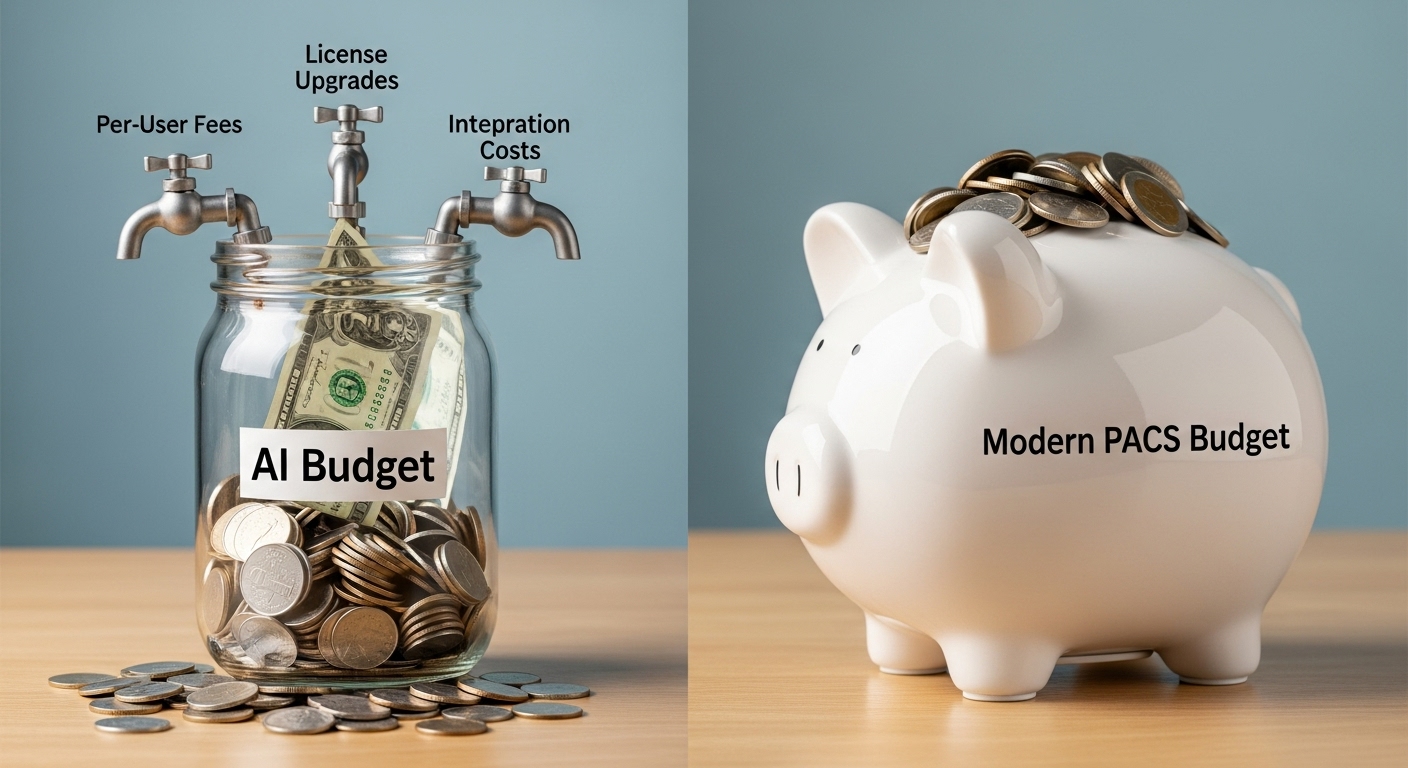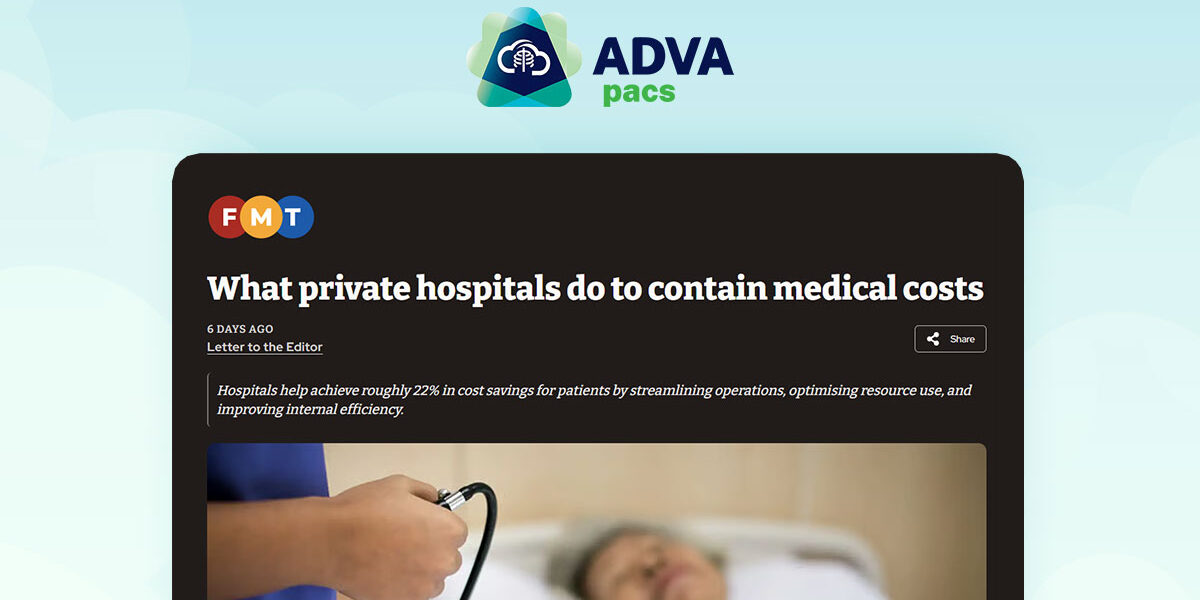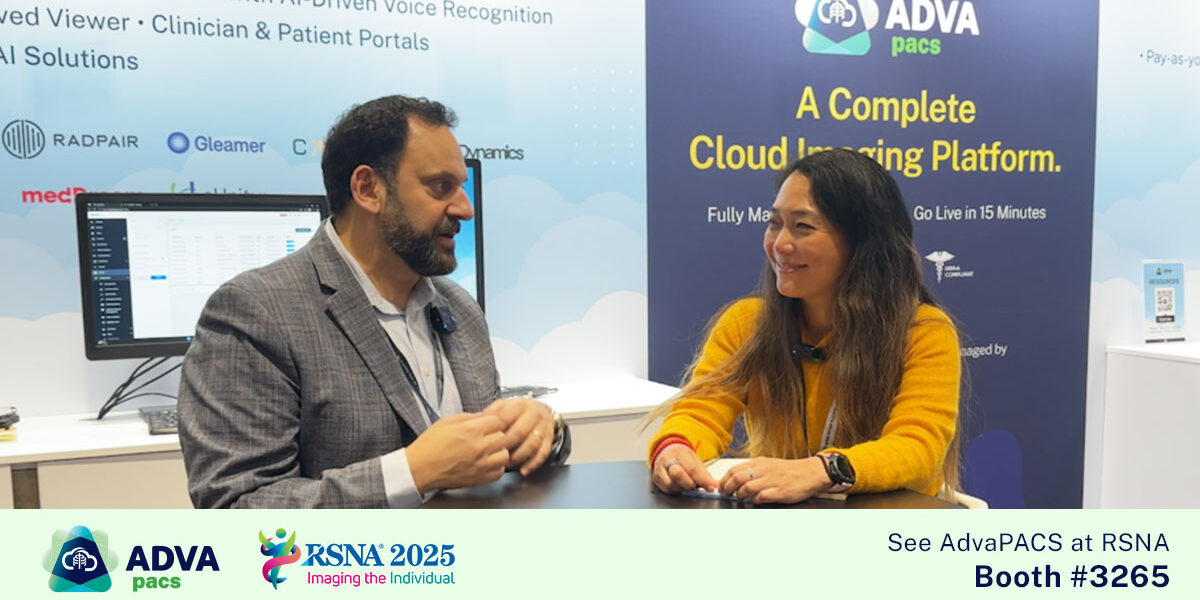The promise of AI in radiology is undeniable. From faster, more accurate diagnoses to streamlined workflows, clinics & hospitals are eager to adopt these powerful new tools. You have the vision and the clinical need, but when the time comes to approve the budget, many AI projects stall for a surprising reason.
It’s often not the cost of the AI software itself that makes a project unviable. The challenge is often a hidden, recurring fee that we call the “AI Innovation Tax”—a cost embedded in a PACS vendor’s outdated, per-user pricing model.
The Old Problem You Already Know: Per-User Licensing
If you manage a hospital budget, you’ve likely felt this pain already. The traditional PACS business model was built on a simple premise: pay a license fee for every single person who needs to access the system.
A recent KLAS Research report confirms the US PACS market is highly active, with a significant number of hospitals looking to replace their legacy systems. The findings show that an outdated PACS is a strategic liability because it creates workflow barriers and limits a healthcare organization’s ability to adapt to future needs, like AI. This is especially true as you try to expand services:
- You hire a new radiologist? That’s another annual license fee.
- You want to give referring doctors at a new clinic access to images? More license fees.
- You are expanding your teleradiology services to meet demand? Your PACS bill grows with every new reader.
Your PACS, which should be a tool to help you expand your services, becomes a variable cost that actively works against it.
The "Innovation Tax": How This Model Drains Your AI Budget
This issue is amplified when you try to introduce an innovative AI tool. An AI application needs to connect to your PACS to analyse images, and many legacy vendors treat this connection as just another “user.”
Your budget for a new AI project might look like this initially:
- Cost of AI Software: $50,000 per year.
But with a per-user licensing model, the true cost can quickly balloon:
- Cost of AI Software: $50,000
- + New PACS “User” License for the AI tool: $5,000
- + New Licenses for 2 AI support staff: $10,000
- + One-time “Integration Module” Fee from your PACS vendor: $15,000
That “Integration Module” fee exists because legacy systems are often not designed for easy connection. This lack of cloud-native interoperability creates the need for costly, custom add-ons.
Suddenly, your $50,000 AI project has a first-year cost of $80,000. This is the Innovation Tax. The very act of trying to innovate triggers a recurring cost from your existing PACS vendor. The platform that should enable your future becomes a barrier to progress.
The Solution: Moving From 'Cost Per User' to a 'Platform for Innovation'
The solution isn’t just better technology; it’s a better business model.
A modern, cloud-native platform like AdvaPACS is built on the principle of unlimited access. You pay a predictable fee for the platform, and that’s it. No more counting users. No more penalties for growth.
Let’s look at the AI project budget with this new model:
- Cost of AI Software: $50,000
- AdvaPACS Platform Cost: No change. Unlimited users are already included.
Your PACS cost remains stable and predictable. The budget you would have spent on extra licenses and fees can now be allocated to what really matters: purchasing a second AI tool, training your staff, or accelerating another strategic project.
Your PACS is no longer a toll gate for innovation; it’s the highway.
Conclusion
Choosing a PACS is no longer just a technical decision about viewers and storage. It is a critical financial and strategic decision that will determine your hospital’s ability to innovate for the next decade.
You must ask yourself: Do you want a PACS that adds unforeseen costs to progress, or a platform that enables it?
Book a complimentary strategy session to future-proof your AI budget and see how a modern cost model can accelerate your innovation.




